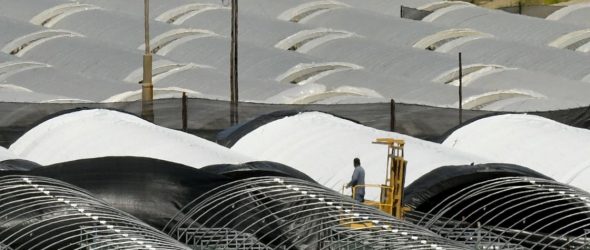Property taxes have so far been relatively unaffected, Lipman said, but some residual effects could be felt in future years, particularly with revenue-based property appraisals.
Costs to respond to the crisis included almost $2.8 million for alternative care sites, $1 million to operate and staff the Emergency Operations Center and Public Health Department Operations Center, $850,000 for temporary shelter, $750,000 for testing and contact tracing and $250,000 for paid leave time for employees.
County Executive Officer Mona Miyasato noted the COVID-19 pandemic is a test of the county’s resilience.
“But I have to say that we are in a better position to address this downturn than we were in the Great Recession,” Miyasato said. “The board has made choices to save and put funds in reserves and has restraint on spending that allows us to be better positioned.”
In addition to the reserves, the county has been able to backfill revenue losses using cannabis tax revenues.
Cannabis taxes brought in $6.8 million in the 2018-19 fiscal year and were budgeted at $5.9 million for the current fiscal year.
But that’s projected to increase 89% to $10.6 million in 2020-21, enough to fully cover the cost of cannabis enforcement, backfill the loss of Prop. 172 funds and cover the county’s direct costs to respond to COVID-19.


